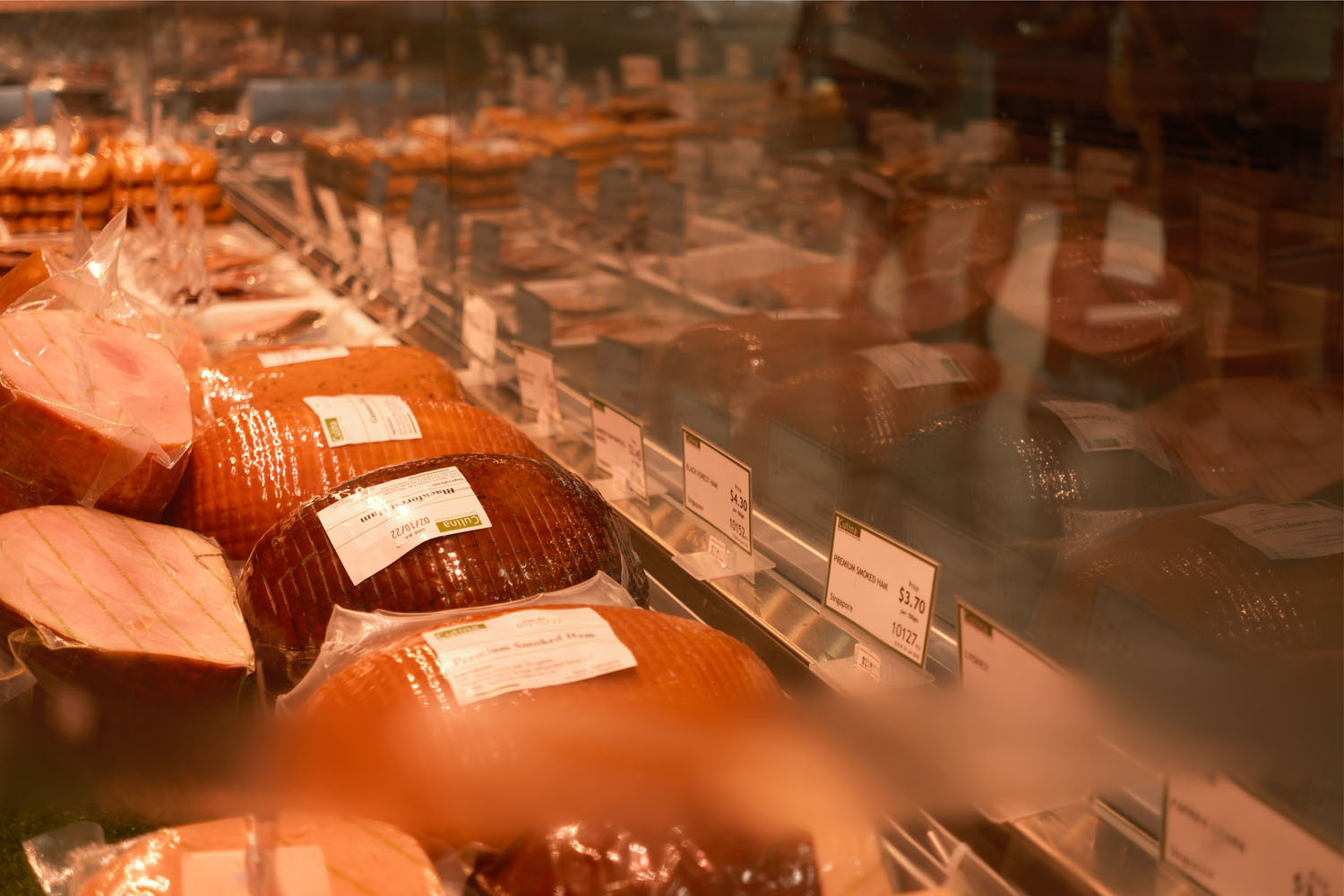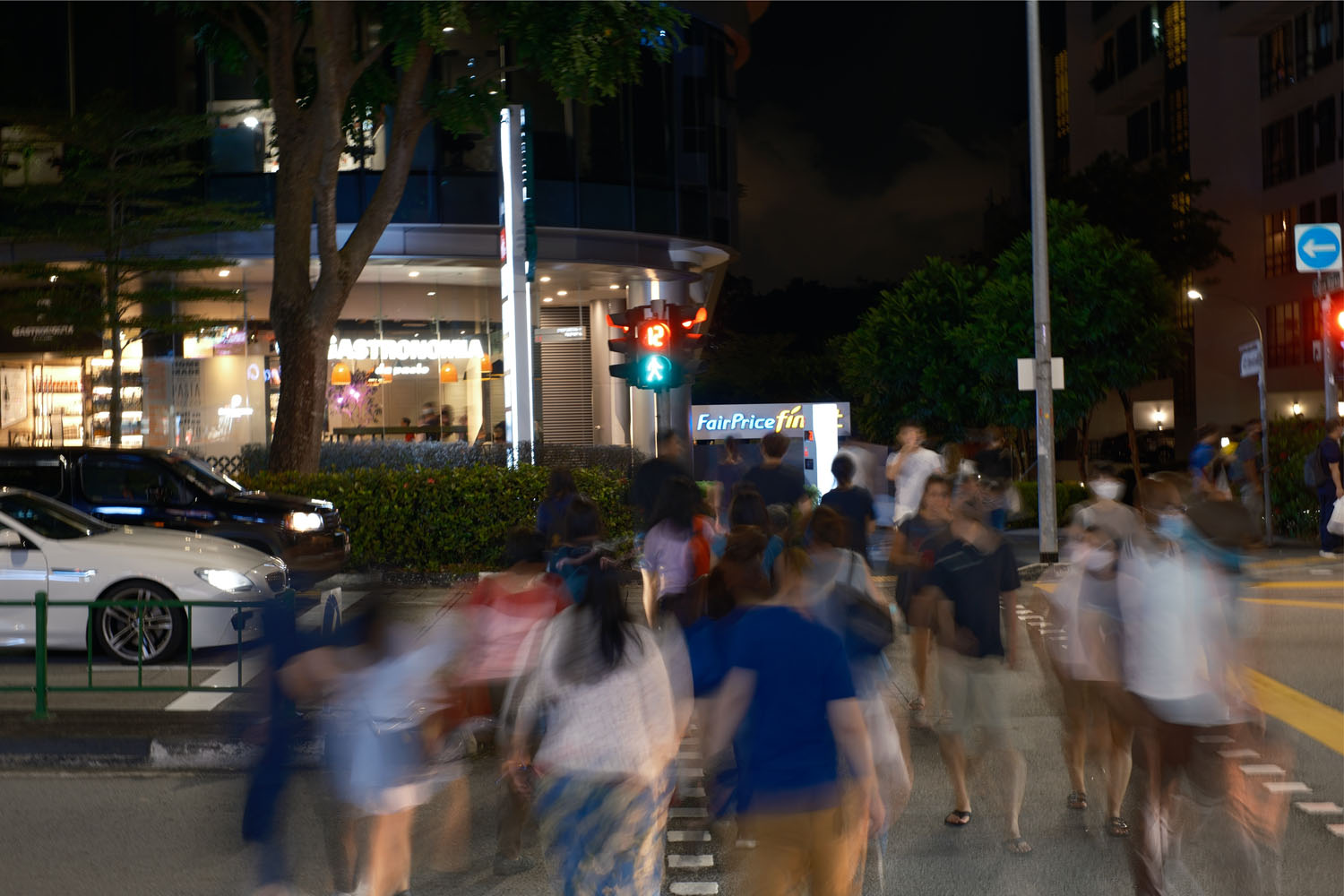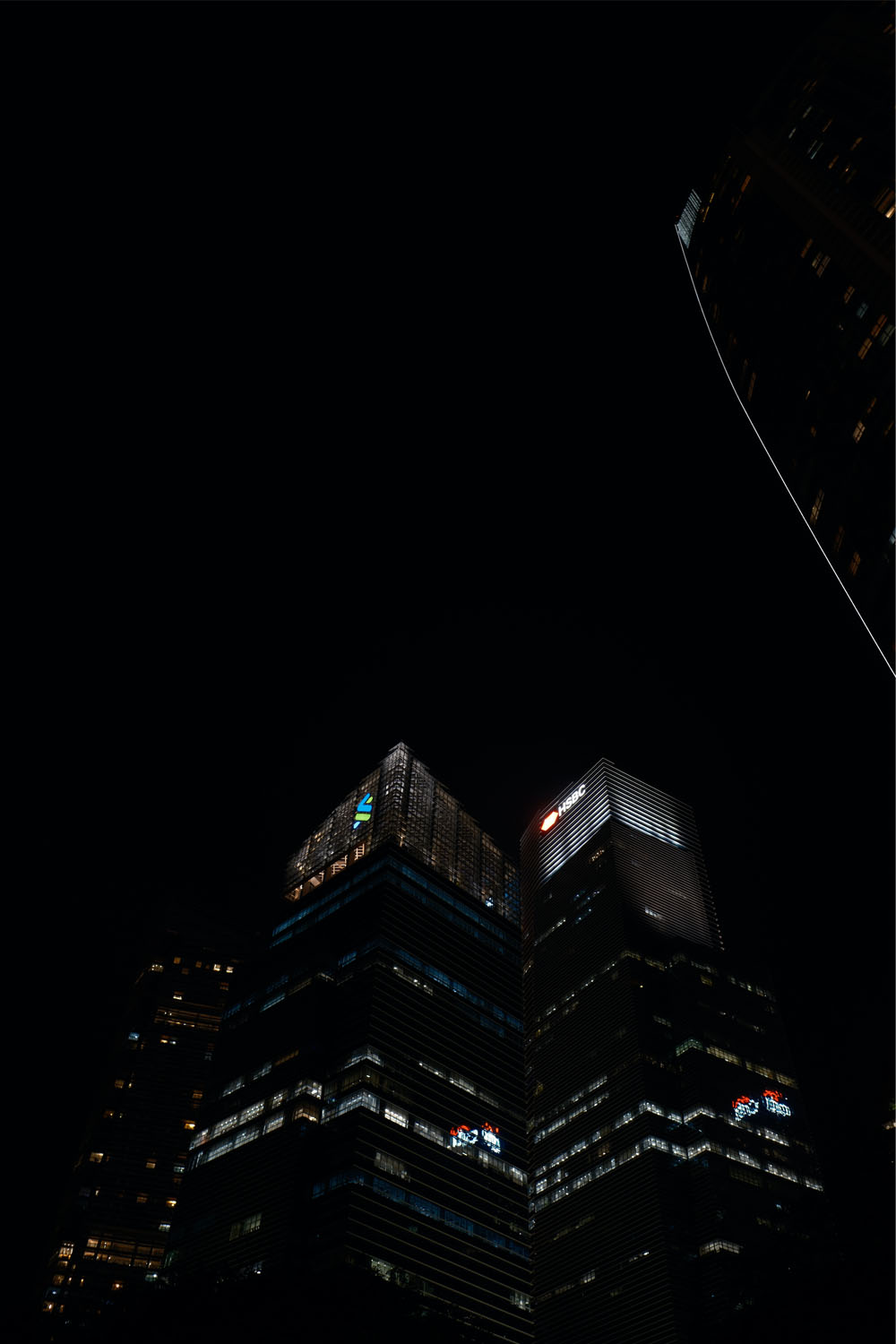X-H2S or X-H2: Which flagship camera should I pick?
First of all, I have to say that I am no one compared to the professional photographers out there, but I am glad that you clicked in and read the first sentence (and I hope you will continue). I am lucky to have had the opportunity to put my hands on both flagship cameras from Fujifilm. Having said that, I experienced both cameras months apart and on one occasion where I got to play with both cameras for a while. So I do not consider myself having a straightforward side-by-side comparison between both cameras for long-term usage. But hey, at least I’m lucky to try out both cameras for a total of 4 weeks.




Before I proceed further, I want to share that street, cityscape, and portraits are my main genres. In this post, I wish to share my opinion on which camera will be a better option for casual photographers like me if you wish to upgrade your gear to either of these flagships. If you are a professional who earns a living out of it, you can continue to read, and I will be glad to know if your decision-making is affected by my opinion. But I believe you know which gear is the best option to deliver your work. As for the videography portion, I will omit it as I have very minimal knowledge about the corresponding functions.
Physical appearance
If there wasn’t an “S” label on the X-H2S camera body, you would not be able to tell them apart. In short, they have the same physical design, the same built quality and also the same handling experience. Some photographers might wonder why both were designed exactly the same and not try to distinguish them a bit more.


Right: Fuji X-H2S . Fuji XF18-55mm @55mm . f/4 . 1/250″ . ISO 320 . Nostalgic Negative


Right: Fuji X-H2 . Fuji XF35mmF1.4 @35mm . f/1.4 . 1/2700″ . ISO 125 . Nostalgic Negative
Let me try to explain over here, but definitely not on Fujifilm’s behalf. First, they are designed with professionals in mind. While it depends on the nature of the photographer’s genre of work, some photographers might pick up both X-H2S and X-H2. Having both cameras with the exact layout and the same ergonomic design is important to professionals. Because you would rather work with the same camera design than occasionally re-adjust each time you hold the “another” camera.
Secondly, they share the same battery grip. Unlike some manufacturers, one battery grip can be shared among multiple cameras. Fujifilm has been using one battery grip for one camera model “policy”, and this is the first time Fujifilm is using this approach. This might be a far-fetched explanation, but it is one of the possible points.


Right: Fuji X-H2S . Fuji XF70-300mm @118mm . f/5 . 1/80″ . ISO 160 . Nostalgic Negative
Thirdly, it helps reduce the complication for third-party accessories makers like SmallRig in such that they do not require to spend more time and money on R&D for another camera set.


Right: Fuji X-H2 . Fuji XF50mmF1 @50mm . f/1 . 1/7500″ . ISO 125 . Nostalgic Negative
Internal guts – The Common
They share the same image processor, X-Processor 5. On some websites, it is also stated that they share the same AF system. In my usage, the AF performance seems very close to each other, and it is hard to tell whether X-H2S is faster than X-H2 or vice versa. My guess is that you can only tell the difference when you are shooting fast pace subjects like birds, wildlife and sports photography.
In case you are not aware, both of them have the same number of film simulations, and the Nostalgic Negative is the latest one from Fujifilm.


Right: Fuji X-H2S . Fuji XF50mmF2 @50mm . f/8 . 0.2222″ . ISO 160 . Nostalgic Negative
As for IBIS, both have the same 7 stops compensation, with some lenses up to 5 stops. The IBIS is impressive. With some luck, I am able to accomplish a 1/2-second result with my shaky hands.


Right: Fuji X-H2 . Fuji XF35mmF1.4 @35mm . f/5 . 0.77″ . ISO 125 . Nostalgic Negative
Internal guts – The Differences
This is where the difference comes in. The X-H2 has a new low base ISO of 125 compared to the X-H2S at ISO 160. The X-H2 also has a faster shutter speed at 1/180,000 seconds as opposed to 1/32,000 seconds in X-H2S. This is an increase of approximately 2.5 stops compared to other X-Series cameras.


Right: Fuji X-H2S . Fuji XF70-300mm @300mm . f/5.6 . 1/1300″ . ISO 160 . Nostalgic Negative
And last but not least, they do not share the same X-Trans CMOS sensor 5. One is HR while the other is HS, in short, 40 megapixels and 26 megapixels, respectively. In layman’s terms, one sensor is designed for high resolution while the other is designed for speed. Another difference is that the HS sensor is a stacked sensor, and the HR is not.


Right: Fuji X-H2 . TTArtisan 23mmF1.4 @23mm . f/4 . 1/2700″ . ISO 125 . Nostalgic Negative
Price
X-H2S is priced at $2499 USD, and X-H2 is priced at $1999 USD. That is a good $500 USD difference.
In My Opinion
After sharing all the information accessible online, it is time to share my opinion on which flagship camera a casual photographer should get, which is the X-H2. As I mentioned earlier, if you do shoot one of the above-mentioned genres, you can consider it. Here’s why:


Right: Fuji X-H2S . Fuji XF50mmF2 @50mm . f/2 . 1/150″ . ISO 160 . Nostalgic Negative
First of all, resolution. I’m not saying that 26 megapixels are insufficient for us nowadays. After all, most (some) of us have been through the 6, 8, 16 megapixels etc. era before. We all know that 26 megapixels can print quite a large photo. So that brings us to another point: cropping. Higher megapixels allow us to have the luxury to crop, but I am not a person who loves to crop except for some minor adjustments and 65:24 crop.


Right: Fuji X-H2 . TTArtisan 50mmF0.95 @50mm . f/2 . 1/105″ . ISO 125 . Nostalgic Negative
With such a high resolution, how do the older generation of lenses that are not listed on the Fujifilm website are able to experience the full 40-megapixel sensor has to offer? I tested quite a number of lenses (old and third-party manual lenses), and they turned out to be just fine or slightly better (depending on the individual perspective). Nevertheless, they are not as bad as I thought they would be. My personal conclusion is that the old lenses and other manual lenses can resolve newer sensors. But the clarity level might not be as great as the newer lenses or the lenses that Fujifilm listed.
Another thing to take note of is the memory space. With 40 megapixels, it has an average of 85MB for Raw and an average of 20MB for Jpeg. (You can have HEIF format if you want to). I always shoot Raw + Jpeg so it can fill up my SD cards quickly. For comparison, for 26 megapixels, it has an average of 50MB for Raw and an average of 10MB for Jpeg. Of course, this can be easily resolved by getting a few more memory cards.


Right: Fuji X-H2S . Fuji XF35mmF1.4 @35mm . f/1.4 . 1/280″ . ISO 320 . Nostalgic Negative
Secondly, the X-H2 comes with a new base ISO of 125. In my opinion, it is a big deal for me as it gives cleaner and higher-quality images.


Right: Fuji X-H2 . Fuji XF23mmF1.4 @23mm . f/1.4 . 1/34″ . ISO 800 . Nostalgic Negative
Third, it is the price. $500 is not a small amount. If I have this amount of money, I can spend it on lenses or CFexpress cards or other accessories. Based on my experience, there is more than just a camera body to invest with. So photographers, who want to purchase either one of the flagships, need to plan wisely before spending.
Lastly, I don’t do sports or bird photography, and for my photography genres, I don’t really need the fast-tracking stacked sensor that is offered in X-H2S. The performance of the X-H2 is already sufficient for my needs.


Right: Fuji X-H2 . Fuji XF16mmF1.4 @16mm . f/4 . 0.35″ . ISO 125 . Nostalgic Negative
As such, I have concluded my opinion. Both are great cameras, and yes, I am biased toward the X-H2 if you wonder. Nevertheless, Fujifilm gives us choices, and this is the choice I made. After all, we are still in Fujifilm.
Thank you for reading.


Alwin is a 37 years old engineer, husband and Fujifilm fanboy from Singapore. His first encounter with Fujifilm was the launch of the X10 in 2012. It was love at first sight. It was a joyful compact camera and it also introduced film simulations to him. But what brought him deep into Fujifilm was the X-T2 and the love grows further. He loves to experience and discover many genres.





Yusuf
August 4, 2023 @ 8:26 am
Fantastic images…wonderful cameras 👏🏻👏🏻
James Seaton Reid
March 28, 2024 @ 1:52 pm
Thank you so much for this comparison. I am deciding between the two, and I think the size of the resulting photos could be an issue for me. Although I only want the camera for stills. My dilemma is that I can find the X-H2S for $100 less that the X-H2 (Ok, the X-H2 comes with the XF 16-80F4 but anyway). There are so many great options. For the size of the X-H2 (and S) I am not sure if it is better to go with a Full Frame option like the Sony 𝛼7 iv or the Nikon Z6 II (even though the lens ecosystem will be much heavier and more expensive).